Eastern White Cedar Wood
- September 8, 2023
- 0 comment
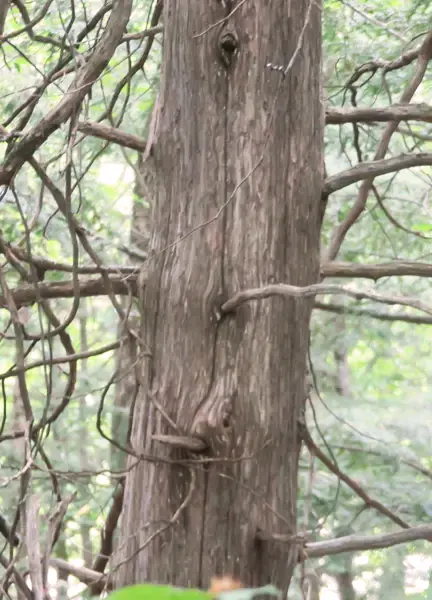
Eastern White Cedar (Thuja occidentalis) is a species of coniferous tree indigenous to eastern North America. It is characterized by its pale, nearly white-to-light brown heartwood and the aromatic fragrance it emits. This relatively small tree is prized for its remarkable resistance to decay, particularly when in contact with soil, making it a valuable resource in the lumber industry, particularly in wetland areas.
Texture
Eastern White Cedar boasts a fine and even texture, with a straight grain pattern. Its wood is notably lightweight and possesses a silky, smooth texture, rendering it a pleasant material for various woodworking applications.
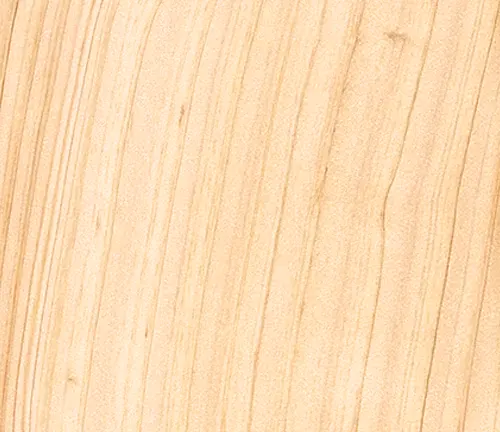
Bark
The bark of Eastern White Cedar is thin and fibrous, exhibiting colors ranging from gray to reddish-brown. It has the distinctive property of peeling off in long, narrow strips, ultimately revealing the tree’s smooth, reddish-brown inner bark.
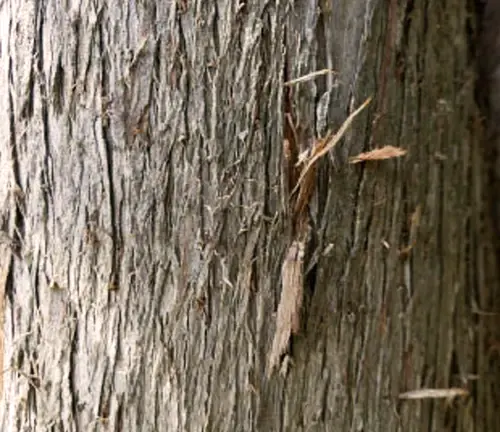
Furniture
Eastern White Cedar is occasionally utilized in furniture construction, especially for outdoor furniture pieces, due to its innate resistance to decay and insects. Its lightweight nature makes it suitable for crafting chairs, tables, benches, and other outdoor furnishings.
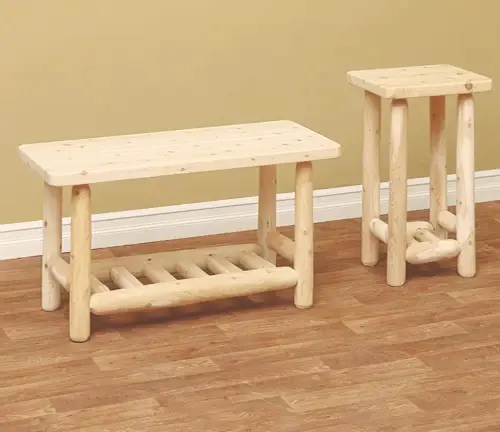
Weapon
While not commonly used for weapons, Eastern White Cedar has historical significance as it was employed by indigenous peoples in North America for crafting bows, thanks to its straight grain and flexibility.
Firewood
Eastern White Cedar is not the preferred choice for firewood because its high value in other applications takes precedence. It tends to burn relatively quickly, and its natural resistance to decay makes it better suited for uses with a longer lifespan.

Construction
Eastern White Cedar finds application in construction for a variety of purposes, including shingles, siding, and fencing, owing to its natural durability and exceptional resistance to decay. It is considered an ideal choice for exterior applications that require longevity.
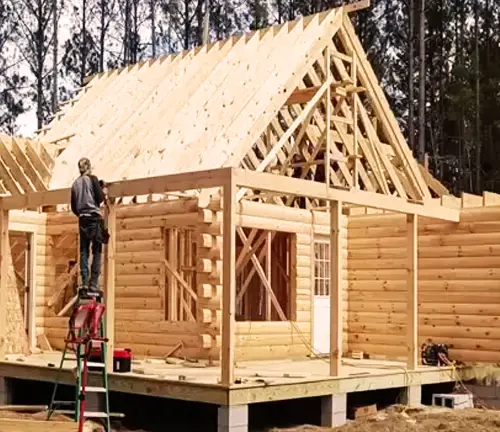
Plywood
Eastern White Cedar is sometimes used in the manufacturing of plywood, a versatile material composed of thin veneer sheets layered and bonded together. This plywood serves numerous construction and woodworking projects.
Board
Eastern White Cedar boards are commonly employed in construction for purposes like siding, paneling, and fencing. Their resistance to decay and fine grain make them well-suited for exterior applications.
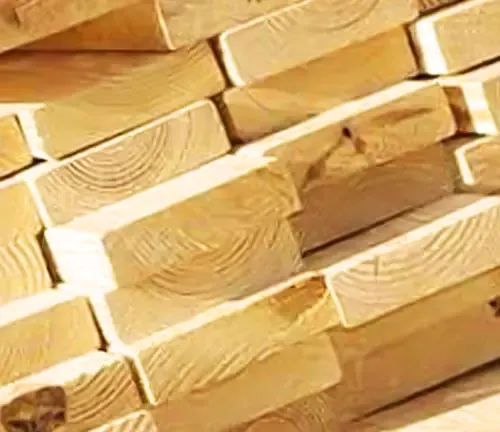
Railroad Cross Ties
Eastern White Cedar is not commonly used for railroad cross ties due to its relatively small size and softer wood compared to hardwoods, which are favored for their greater strength and durability in this application.
Pallet
Eastern White Cedar is not typically used in pallet construction, primarily because of its lightweight and softwood characteristics. Hardwoods are usually the preferred choice for pallets, as they are better equipped to withstand heavy loads.
Fencing
Eastern White Cedar is a popular choice for fencing due to its natural resistance to decay and insects. It is used to create durable and visually appealing fences for both residential and commercial properties.
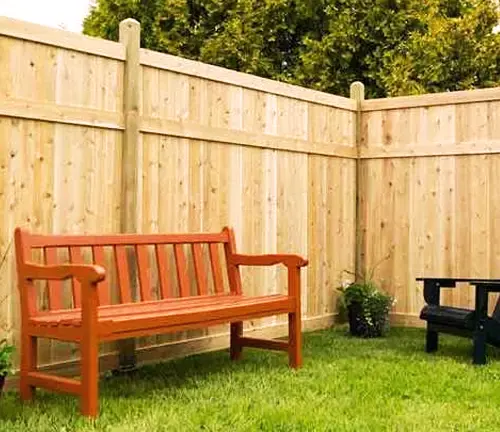
Wood Decking
While Eastern White Cedar is occasionally used for wood decking, it is known for its light color and natural durability. It can provide a visually appealing and resistant surface for outdoor decks, although other hardwoods are more commonly chosen for this purpose.

Live Edge Siding
Live edge siding crafted from Eastern White Cedar preserves the tree’s natural contours and adds a rustic and visually captivating element to exterior walls.

Beams
Eastern White Cedar beams serve in construction for structural support and decorative purposes, adding a touch of natural elegance while imparting structural strength to buildings and architectural designs.

FAQs
- Why is Eastern White Cedar known as the “Tree of Life”?
Eastern White Cedar has been historically referred to as the “Tree of Life” by some indigenous cultures because of its diverse uses, including construction, tools, medicine, and food. Its resistance to decay and insects made it an invaluable resource for these communities. - How does Eastern White Cedar’s aroma affect its usage?
The pleasant aromatic scent emitted by Eastern White Cedar is not only enjoyable but also serves as a natural insect repellent. This quality makes it a favored choice for crafting closets, chests, and storage units, as it helps protect stored items from pests. - Is Eastern White Cedar wood naturally durable?
Yes, Eastern White Cedar is renowned for its natural durability and resistance to decay. It contains natural oils and compounds that contribute to its longevity, even when used in outdoor applications. - Why is Eastern White Cedar used for shingles and siding?
Eastern White Cedar’s natural resistance to decay and weathering makes it a popular choice for shingles and siding. It weathers beautifully and requires minimal maintenance over time. - What are some unique cultural uses of Eastern White Cedar?
Eastern White Cedar holds cultural significance for indigenous peoples in North America. It has been used for crafting canoes, totem poles, and ceremonial items. Its bark and wood have also been used in traditional medicine and rituals. - Can Eastern White Cedar wood be used for culinary purposes?
Yes, Eastern White Cedar is sometimes used for culinary applications. Cedar planks are employed in grilling and smoking to infuse food with a distinct flavor. The wood’s pleasant aroma enhances the taste of grilled dishes. - Is Eastern White Cedar endangered or protected?
Eastern White Cedar populations are considered stable, but in some regions, they face habitat loss due to development. Conservation efforts are in place to protect these trees, especially in wetland areas where they are crucial for maintaining ecosystem health. - Why is Eastern White Cedar a popular choice for beehives?
Eastern White Cedar’s natural decay resistance and pleasant aroma make it an excellent choice for beehives. It creates a protective environment for bees and helps deter pests, contributing to healthier bee colonies. - What are some eco-friendly aspects of Eastern White Cedar wood?
Eastern White Cedar is considered an eco-friendly choice because it is a renewable resource that grows relatively quickly. Its natural resistance to decay reduces the need for chemical treatments in many applications. - Are there any historical landmarks made from Eastern White Cedar?
Yes, some historical landmarks, such as traditional indigenous dwellings, forts, and early American structures, were constructed using Eastern White Cedar due to its availability and durability. These landmarks stand as a testament to the wood’s longevity.
In conclusion, Eastern White Cedar Wood stands as a testament to nature’s brilliance. With its inherent resilience, rustic charm, and multifaceted utility, it graces many a structure with both form and function. Whether used in a humble fence, an inviting deck, or a cozy cottage, this wood embodies the spirit of the northeastern wilderness. As we reflect on its attributes, it becomes evident that some of nature’s best offerings are not just in the landscapes we admire but also in the materials we use. Until our next journey into the world of woods, let’s appreciate the enduring legacy of Eastern White Cedar.



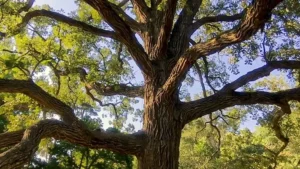
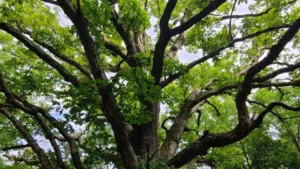
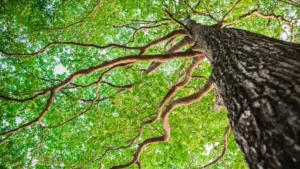
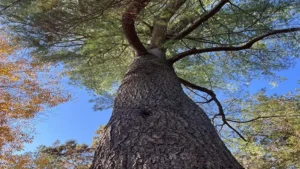
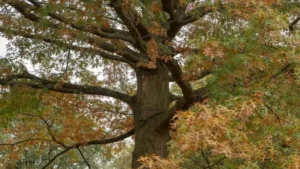

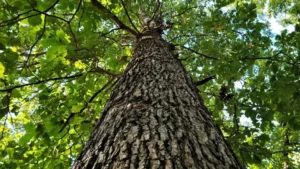
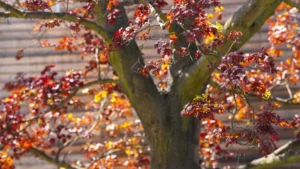
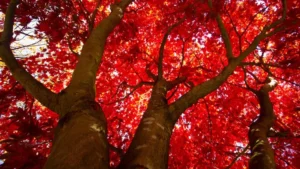
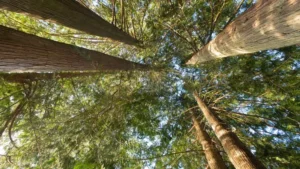
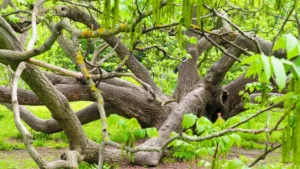
Leave your comment